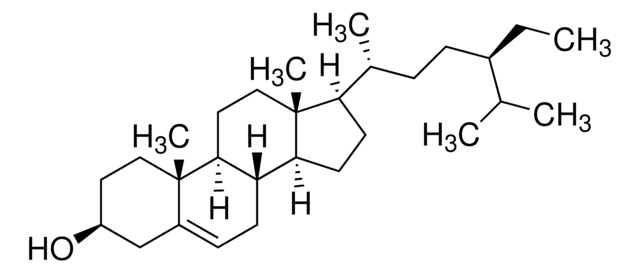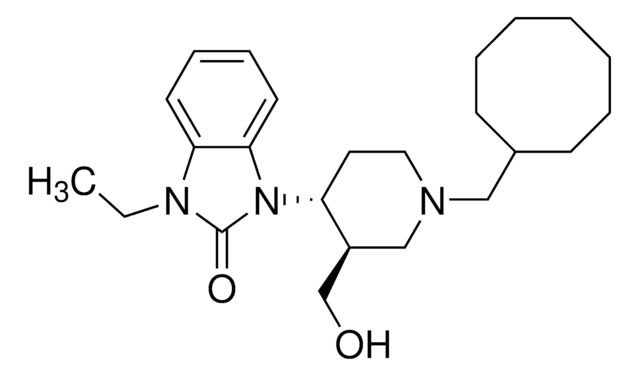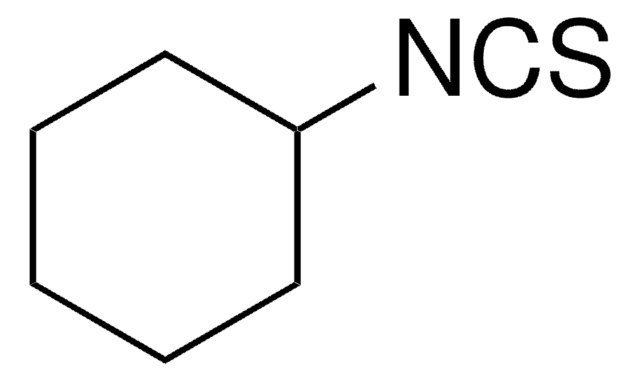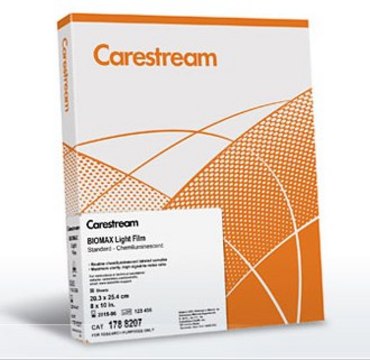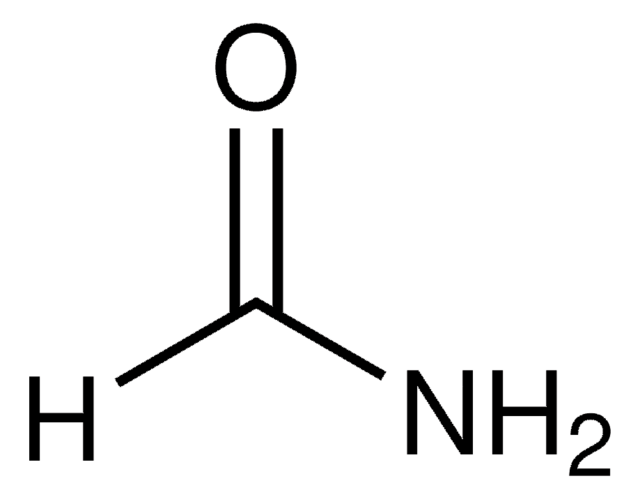SML3844
Iberin
≥97% (NMR)
Synonym(s):
1-Isothiocyanato-3-(methylsulfinyl)propane, 3-Methylsulfinylpropyl isothiocyanate, NSC 321801
About This Item
Recommended Products
Quality Level
Assay
≥97% (NMR)
form
liquid
color
colorless to yellow
storage temp.
-10 to -25°C
SMILES string
[S](=O)(CCCN=C=S)C
InChI key
LELAOEBVZLPXAZ-UHFFFAOYSA-N
Biochem/physiol Actions
Signal Word
Danger
Hazard Statements
Precautionary Statements
Hazard Classifications
Acute Tox. 3 Dermal - Acute Tox. 3 Inhalation - Acute Tox. 3 Oral - Aquatic Acute 1 - Aquatic Chronic 1 - Eye Irrit. 2 - Skin Irrit. 2 - STOT SE 3
Target Organs
Respiratory system
Storage Class Code
6.1C - Combustible acute toxic Cat.3 / toxic compounds or compounds which causing chronic effects
WGK
WGK 3
Flash Point(F)
Not applicable
Flash Point(C)
Not applicable
Regulatory Information
Choose from one of the most recent versions:
Certificates of Analysis (COA)
Don't see the Right Version?
If you require a particular version, you can look up a specific certificate by the Lot or Batch number.
Already Own This Product?
Find documentation for the products that you have recently purchased in the Document Library.
Our team of scientists has experience in all areas of research including Life Science, Material Science, Chemical Synthesis, Chromatography, Analytical and many others.
Contact Technical Service

